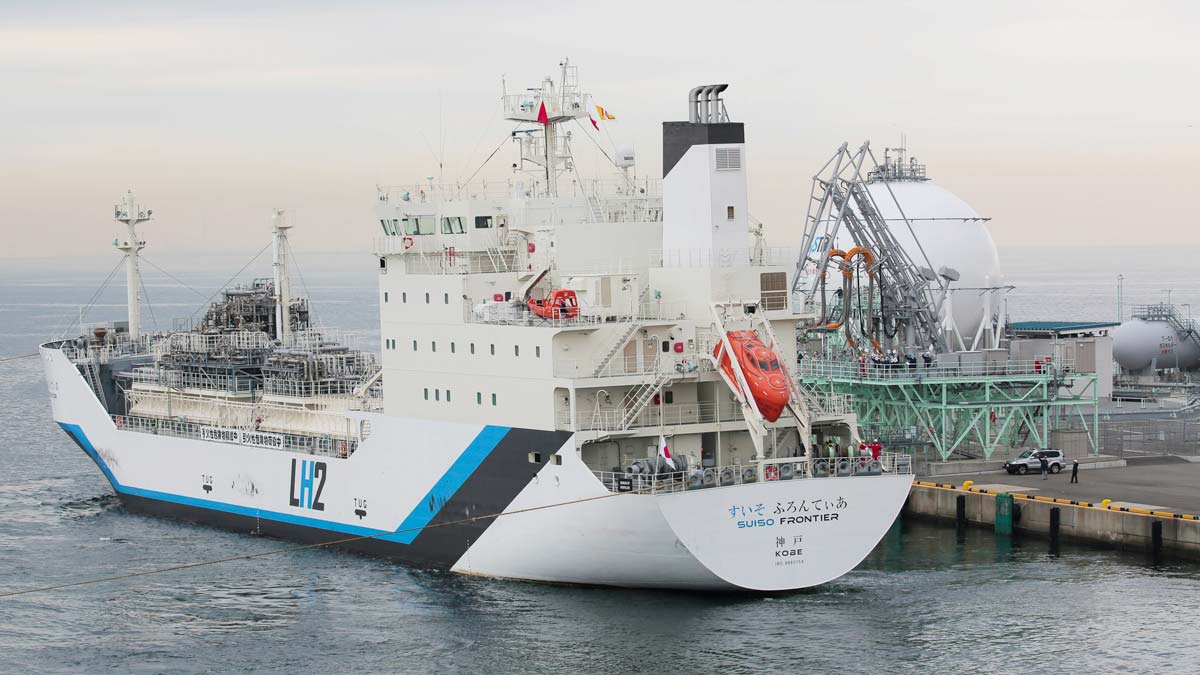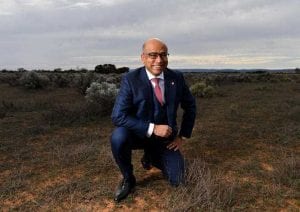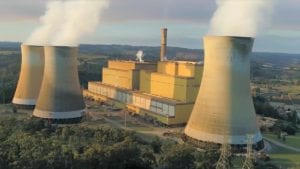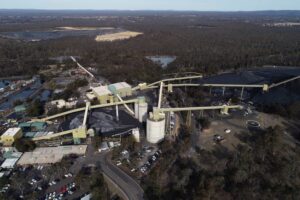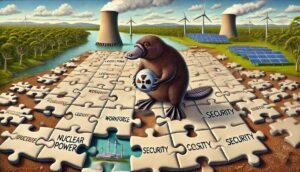A Victoria-based “clean hydrogen” project that uses Latrobe Valley brown coal as its primary feedstock – one of the least clean ways to make the zero emissions fuel – will move into commercial demonstration after being awarded $A2.3 billion in Japanese government funding.
The Hydrogen Energy Supply Chain (HESC) Project last year made a landmark shipment of 2.6 tonnes of liquefied hydrogen to Japan, one tonne of which was extracted from Latrobe Valley coal, and cleaned up through the use of offsets.
With the backing of Japan’s Green Innovation Fund, the joint venture between J-Power and Sumitomo Corporation now plans to move into commercial demonstration, initially producing between 30,000 to 40,000 tonnes a year of “gaseous clean hydrogen” in Gippsland.
In this case, the JV will produce the hydrogen the same way, through a coal gasification process in the Latrobe Valley, but will render the “brown” hydrogen “blue” with the use of carbon capture, utilisation and storage (CCUS).
J-Power Latrobe Valley non-exectuive director Jeremy Stone says the project will take advantage of one of several long-term CO2 storage solutions, including using depleted oil and gas reservoirs in Bass Strait for the CO2 emissions that cannot be utilised.
The controversial project, which has already had federal and Victorian government funding, was talked up by the former Morrison government as a “non-ideological” starting point for Australia’s “clean” hydrogen export industry.
Many took exception to this, including iron ore billionaire Andrew Forrest, whose Fortescue Future Industries published notices in The Daily Telegraph and the Australian Financial Review in February 2022 reminding readers that only green hydrogen – made from renewable energy – can truly be called “clean.”
Looking for a headline to read with your morning coffee today? How about this one. ⬇️
Only #GreenHydrogen is ‘clean’ hydrogen. The rest, like grey and blue, are produced using dirty #FossilFuels – and there isn’t anything clean about that.@dailytelegraph pic.twitter.com/ul1XlxC7ef
— Fortescue Future Industries (@FortescueFuture) February 7, 2022
“All other types are made from fossil fuels such as coal and gas,” the notices say. “Blue hydrogen’s greenhouse gas footprint can be 20% larger than burning natural gas or coal for heat. IT IS NOT CLEAN.”
Indeed, a 2021 study found that hydrogen produced from fossil fuels – even with carbon capture – is significantly worse for the climate than burning coal or gas directly, due to the significant extra energy required for processes to produce hydrogen and power carbon capture and storage.
“Make no mistake – hydrogen itself is indeed a zero-emissions fuel,” Forrest wrote in an op-ed also published at the time of the shipment.
“Using it releases nothing but water as a byproduct. But we look like zero-IQ idiots if we make hydrogen out of the dirtiest fossil fuel on the planet and hawk it as ‘clean’.”
Japan, however, is keen to support the Hydrogen Energy Supply Chain project and doesn’t appear too concerned about the colour or how it looks.
At their end of the HESC production line, Kawasaki Heavy Industries and Iwatani Corporation have formed Japan Suiso Energy (JSE) to oversee the liquefaction, loading, transportation and unloading of hydrogen to Japan.
“We are delighted to have selected the JPSC JV as the preferred supplier of clean hydrogen for the Japanese energy market as we continue our transition to a more sustainable clean energy future,” said Japan Suiso Energy CEO, Dr. Eiichi Harada, on Tuesday.
“We look forward to working with the JV and the Victorian, Australian and Japanese governments to achieve the significant economic and emission reduction benefits that a commercial scale clean hydrogen project will deliver,” he said.
In the Latrobe Valley, Stone says the backing from Japan to move the project to commercial demonstration is a major milestone.
“There is significant domestic interest in a reliable source of locally produced, cost competitive clean hydrogen,” Stone said on Tuesday.
“Now we have countries establishing the definition of ‘clean hydrogen,’ based on carbon intensity, we are seeing an opening of trade, based on credible and transparent CO2 reduction numbers, at various price points.
“We are expecting further offtake agreements for hydrogen, that can be used by a wide range of businesses and industrial processes, including the production of ammonia, fertiliser and methanol.”

